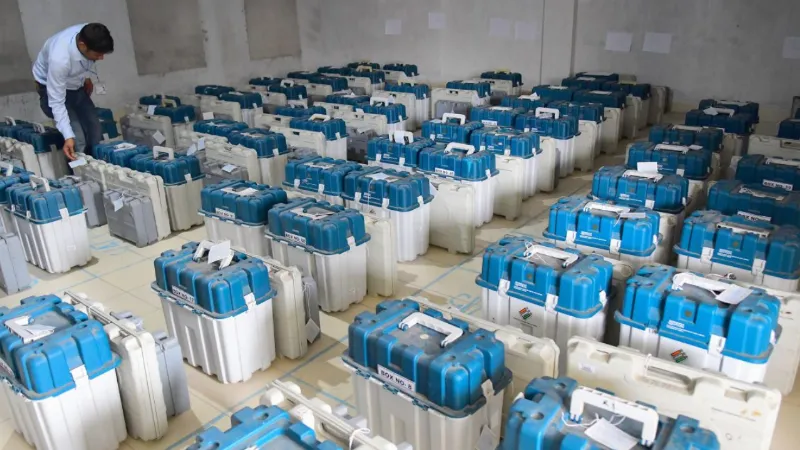4 FACTORS DRIVING 2023’S EXTREME HEAT AND CLIMATE DISASTERS

Between the recordbreaking global heat and extreme downpours, it’s hard to ignore that something unusual is going on with the weather in 2023. People have been quick to blame climate change – and they’re right, to a point: Human-caused global warming does play the biggest role. A recent study determined that the weekslong heat wave in Texas and Mexico that started in June 2023 would have been virtually impossible without it.
However, the extremes this year are sharper than anthropogenic global warming alone would be expected to cause. Human activities that release greenhouse gas emissions into the atmosphere have been increasing temperatures gradually, at an average of 0.2 degrees Fahrenheit (0.1 Celsius) per decade. Three additional natural factors are also helping drive up global temperatures and fuel disasters this year: El Niño, solar fluctuations and a massive underwater volcanic eruption.
Unfortunately, these factors are combining in a way that is exacerbating global warming. Still worse, we can expect unusually high temperatures to continue through at least 2025, which means even more extreme weather in the near future.
HOW EL NIÑO IS INVOLVED
El Niño is a climate phenomenon that occurs every few years when surface water in the tropical Pacific reverses direction and heats up. That warms the atmosphere above, which influences temperatures and weather patterns around the globe. Essentially, the atmosphere borrows heat out of the Pacific, and global temperatures increase slightly. This happened in 2016, the time of the last strong El Niño. Global temperatures increased by about 0.25 F (0.14 C) on average, making 2016 the warmest year on record. A weak El Niño also occurred in 2019- 2020, contributing to 2020 becoming the world’s second-warmest year. El Niño’s opposite, La Niña, involves cooler-than-usual Pacific currents flowing westward, absorbing heat out of the atmosphere, which cools the globe. The world just came out of three straight years of La Niña, meaning we’re experiencing an even greater temperature swing.
SOLAR FLUCTUATIONS
The Sun may seem to shine at a constant rate, but it is a seething, churning ball of plasma whose radiating energy changes over many different time scales. The Sun is slowly heating up and in half a billion years will boil away Earth’s oceans. On human time scales, however, the Sun’s energy output varies only slightly, about 1 part in 1,000, over a repeating 11- year cycle. The peaks of this cycle are too small for us to notice at a daily level, but they affect Earth’s climate systems. Rapid convection within our Sun both generates a strong magnetic field aligned with its spin axis and causes this field to fully flip and reverse every 11 years. This is what causes the 11-year cycle in emitted solar radiation.
A MASSIVE VOLCANIC ERUPTION
Volcanic eruptions can also significantly affect global climates. They usually do this by lowering global temperatures when erupted sulfate aerosols shield and block a portion of incoming sunlight – but not always. In an unusual twist, the largest volcanic eruption of the 21st century so far, the 2022 eruption of Tonga’s Hunga Tonga-Hunga Ha’apai is having a warming and not cooling effect. The eruption released an unusually small amount of cooling sulfate aerosols but an enormous amount of water vapor. The molten magma exploded underwater, vaporizing a huge volume of ocean water that erupted like a geyser high into the atmosphere.
UNDERLYING IT ALL: GLOBAL WARMING
All of this comes on top of anthropogenic, or humancaused, global warming. Humans have raised global average temperatures by about 2 F (1.1 C) since 1900 by releasing large volumes of greenhouse gases into the atmosphere. For example, humans have increased the amount of carbon dioxide in the atmosphere by 50%, primarily through combustion of fossil fuels in vehicles and power plants. The warming from greenhouse gases is actually greater than 2 F (1.1 C), but it has been masked by other human factors that have a cooling effect, such as air pollution.
SOURCE: THE CONVERSATION





















